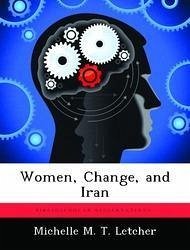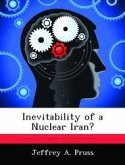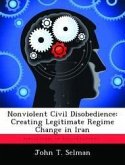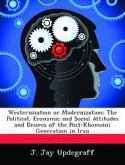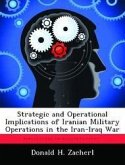The present state of tension between the United States and Iran signifies a failure of current and past diplomatic approaches to influence Iran. Curiously, the Islamic Revolution and the Iranian elections over the last decade indicate that support from Iranian women is essential to achieving domestic political objectives in Iran. It may be that women provide a path to influencing Iranian foreign policy. This study analyzed the Iranian government's policy toward women over the course of the past fifty years. The analysis sought to determine when and how women influenced changes in policy. Samuel P. Huntington's discussion of modernization in Political Order in Changing Societies provides a framework with which to asses the influence of women. Other authors such as Harold Lasswell and Abraham Kaplan in Power and Society: A Framework for Political Inquiry provide insight into the concept of influence and its assessment. When these frameworks are applied to Iran, it reveals a model that argues that traditional and modernizing forces shape the development of Iranian politics. Iranian politics can be seen as a set of circles of influence. Within these circles are the Supreme Leader, the Guardian Council, the Expediency Council, the Parliament, and the President. From time to time women have been able to enter these circles. Finally, the research reveals that modernizing women have had success achieving certain levels of power and influence within the domestic politics of Iran. However, further study failed to show a causal link between women and change. Women have had some success in influencing the politics of Iran through the mechanisms of state bureaucracy, mobilization of masses of people, and through other groups. All that said, the political bureaucracy of the Islamic Republic of Iran stifles anything more substantial than modest changes to policy and Iranian society.
Hinweis: Dieser Artikel kann nur an eine deutsche Lieferadresse ausgeliefert werden.
Hinweis: Dieser Artikel kann nur an eine deutsche Lieferadresse ausgeliefert werden.

